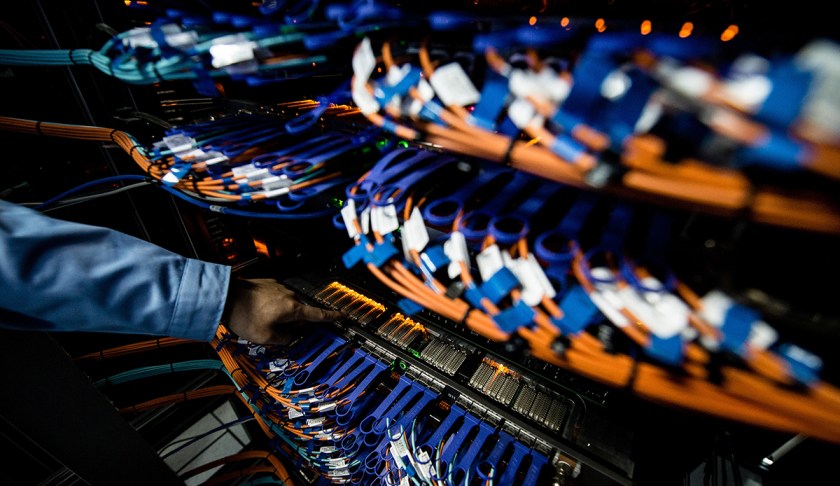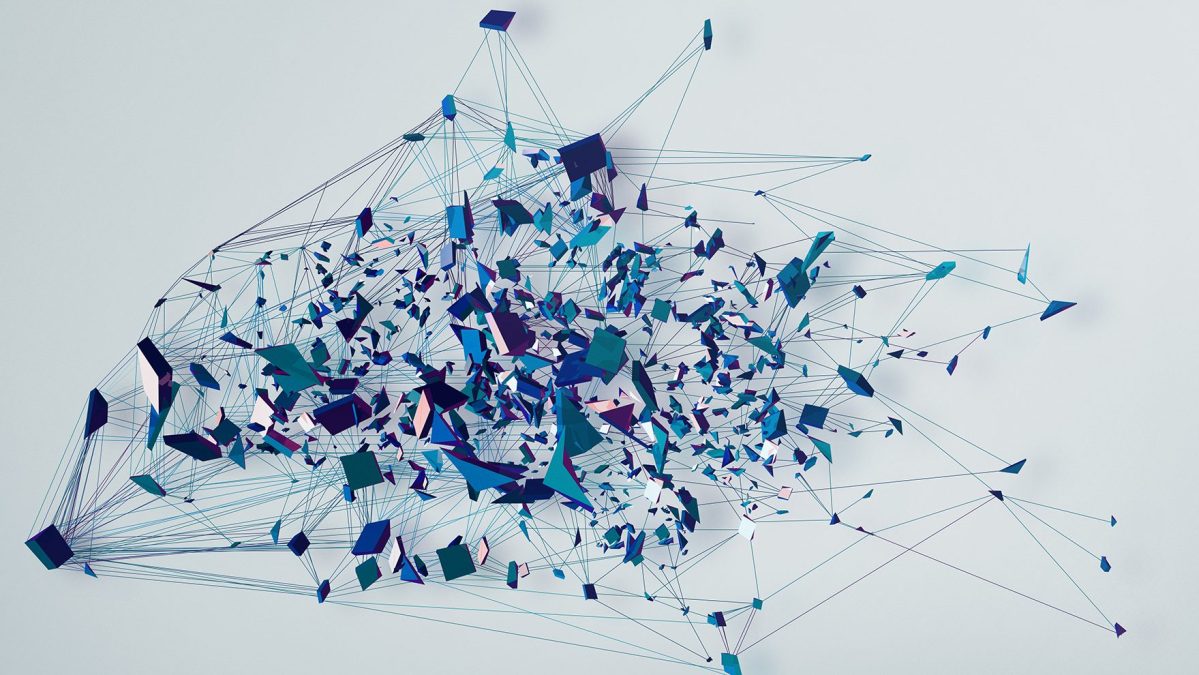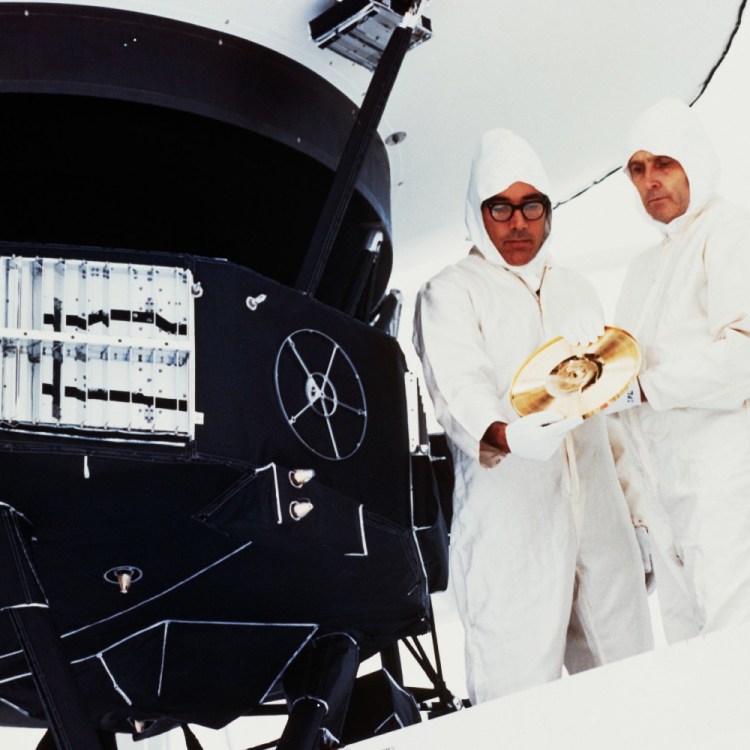
Blockchain, a buzzy digital records system, has far-reaching implications and could revolutionize business in the same way the internet revolutionized communication. If adopted widely enough, some say it could be used to generate the largest source of computing power on the planet.
When a customer buys free-trade coffee, he or she is putting their trust in the company that the coffee is actually as advertised. Because commerce around the world has grown so rapidly, a network of disparate ledger systems were created to keep up with it all. Parties on either side of a transaction involving money or goods must employ a third party, like a shipping company or a bank, to serve as the intermediary. As a result, no transaction is truly transparent and, therefore, the system is vulnerable to mistakes, fraud, and misinterpretation.
Blockchain eliminates these vulnerabilities by making all transactions completely transparent through a synchronized record for consumers, retailers, and everyone in between. The technology amounts to a ledger on a distributed database, in which records kept on devices are shared without being connected to a common processor. This ledger records every set of transaction from start to finish. So, going back to that fair-trade coffee example again, it would record every step in the coffee grower’s supply chain, or an individual payment to the company.
Each transaction is put into a “block,” or a group of transactions that have been given a unique marker, and those blocks are connected to every transaction that comes before and after it. As a result, the system is visible from end to end. Because every stakeholder can see the information on the blockchain (encrypted to outside parties), its authenticity can be verified by anyone. This shared form of recordkeeping ensures no single entity controls the system. If anyone wanted to add or take away from any record, that transaction would be recorded and added to the blockchain, eliminating risks like fraud and human error.
Aside from providing trust and security, Blockchain frees up capital, speeds up processes, and lowers transaction costs. Its implications are vast and nearly endless. The technology can be used to create an open, decentralized database for any exchange of value. This includes commodities or services like money, property, labor, and even votes. In fact, a recent WEF report predicted that blockchain would be used to collect taxes by 2030. It’s already being used for financial transactions via Bitcoin.

One radical way of applying this ledger technology would be to create a global supercomputer by the unused power from consumer devices. When a computer, smartphone, tablet, or TV isn’t being used, it’s computing power isn’t either. Instead of sitting idly by for a third of the day, office computers, for example, could lend their computing resources to an astrology lab crunching a complex series of equations on black holes, for example.
One expert believes people might even be able to make money in the process, too. Monax COO Preston Byrne told TechCrunch that blockchain technology could be used to establish
“… a marketplace application that attacks the specific problem of linking buyers and sellers of computer time and allowing them to pay themselves in cryptocurrency without needing an intermediary like [a cloud-computing platform].”
If people were to learn about a certain pharmaceutical company that’s lacking the computing power to crunch the data on a breakthrough vaccine, people could sign up to share their device’s power with the company on their downtime and literally make money while they sleep.
Learn more on that concept by reading TechCrunch‘s story here. For a deeper dive on blockchain and what it means for the rest of the world, watch the TED talk below.
—RealClearLife Staff
This article was featured in the InsideHook newsletter. Sign up now.
























